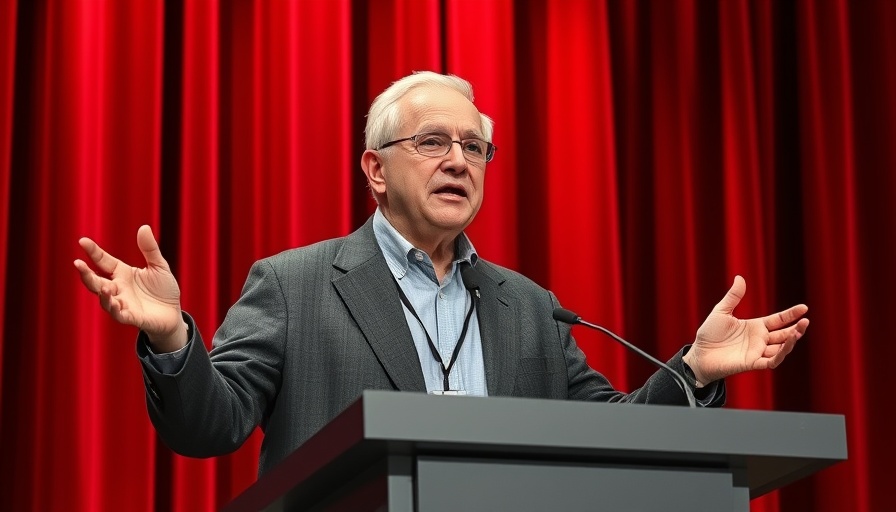
Transforming Rosacea Treatment: A New Era in Laser Technology
For those suffering from vascular rosacea, relief might soon be within arm’s reach thanks to the latest advancements in laser technology. The 2025 American Society for Laser Medicine and Surgery (ASLMS) revealed groundbreaking updates in laser platforms specifically designed to tackle the condition more effectively. Dr. Eric Bernstein, a leading expert in laser dermatology, emphasized the importance of shifting focus from merely treating superficial symptoms to addressing the chronic vascular dilation at the heart of rosacea.
Understanding the Root Causes of Rosacea
Traditionally, patients have been led to believe that factors such as heat exposure, exercise, or even certain foods trigger their rosacea flare-ups. However, Dr. Bernstein challenges this perception, stating, “The real problem is ambient UV exposure, even through car windows.” This revelation is pivotal, urging patients to reconsider what they perceive as triggers and highlights the necessity for comprehensive photoprotection.
The Importance of Enhanced Photoprotection
Dr. Bernstein advocates for a multifaceted approach to photoprotection. He suggests that patients adopt stringent measures such as daily sunscreen application, UV-filtering window films, and specialized sunglasses that block harmful wavelengths. These protective strategies not only guard against environmental factors but also complement laser treatment by minimizing the formation of new unwanted blood vessels, a process known as angiogenesis.
Innovative Laser Platforms: Precision Meets Efficacy
The ASLMS showcased two revolutionary laser systems: the solid-state KTP laser, called DermaV, and the pulsed dye laser platform, VBeam Pro. These tools boast enhanced features such as expanded spot sizes and upgraded cooling systems, which are crucial for treating large areas or sensitive areas. Dr. Bernstein shared insights on adjusting pulse durations to optimize treatment outcomes depending on the specific vascular targets.
Bridging Technology with Practical Applications
Dr. Bernstein’s mention of manipulating pulse durations to accommodate both diffuse redness and linear vessels signifies a thoughtful blending of technology and clinical application. He utilizes a higher pulse-duration for larger vessels and adjusts parameters during sessions to achieve the best results for patients. This adaptability is commendable in the ever-evolving field of dermatology.
Pioneering Future Directions in Rosacea Care
As investigations into vascular lasers advance, predictions for future developments could lead not only to an arsenal of innovative treatment tools but may also redefine standards in patient care and dermatological practices. By integrating these advanced technologies with robust patient education on photoprotection, the medical community can pave the way for enhanced quality of life for those plagued by rosacea.
Conclusion: Empowering Patients Through Knowledge
The discussion surrounding the latest laser advancements opens up a transformative dialogue about rosacea and its management. With ongoing education and the introduction of superior laser platforms, patients can look forward to more efficient treatment pathways. As we move forward, it’s crucial for those affected by rosacea to stay informed about these developments and actively participate in their skin health journey.
 Add Row
Add Row  Add
Add 






Write A Comment